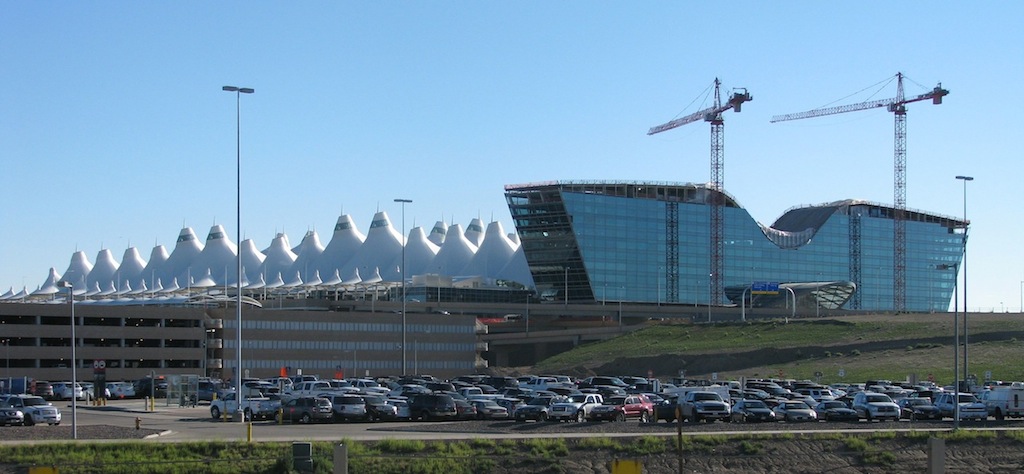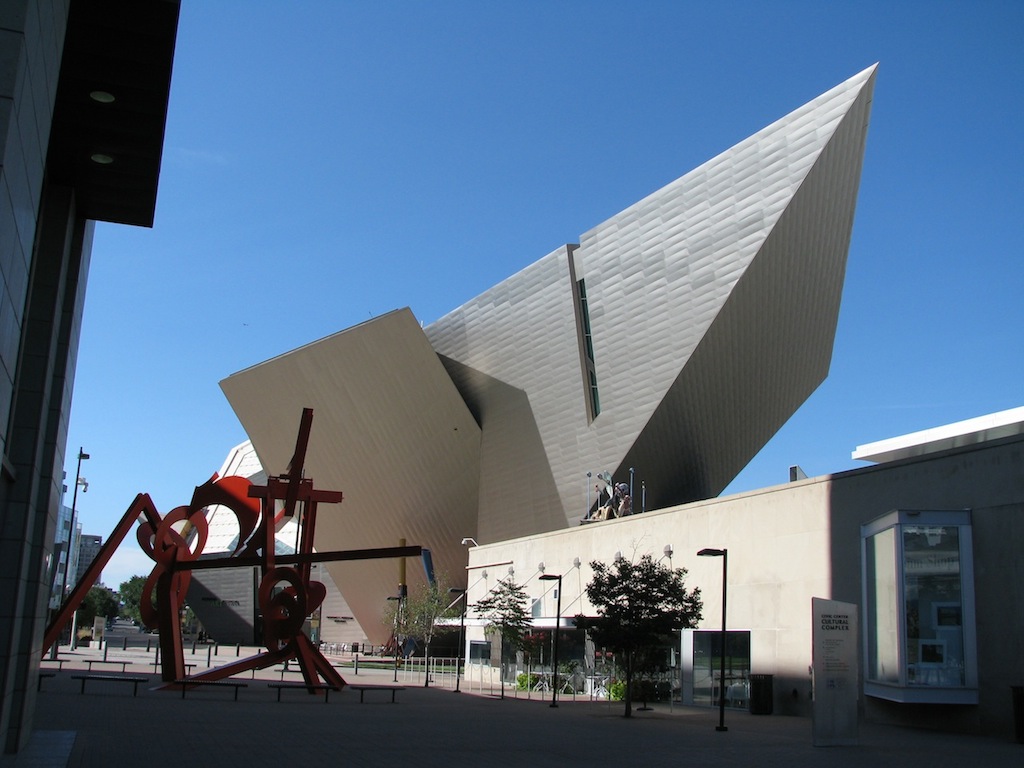Debating Starchitecture: A Mile High View
Witold Rybczynski started the latest go-round with a piece for the New York Times Magazine. Rybczynski laments the globalization of civic architecture by a handful of internationally known practitioners or “starchitects.” He asserts that architecture is a social art rather than a personal one, and thus should serve to reflect a society’s values rather than a particular individual’s aesthetic taste. Accordingly, he calls for more “locatecture”: works by local talent whom we might expect to have a better grasp of the particular environmental, historical, and cultural characteristics of place.
James S. Russell responds in Architizer by suggesting that the debate perpetuated by Rybczynski is “stupid.” While this is a bit extreme, he nonetheless makes some good points. Russell argues that architecture is less a social art than a public one. It is firmly situated in the group life of human beings. It is developed by people working in teams, shaped by the demands of clients, and subject to wider civic approval and buy-in. Moreover, architecture inevitably reflects a society’s values because building anything requires wealth and, for Russell, “wealth will build what it wants” in today’s societies where the 1 percent rules. Finally, architecture is surely a medium of individual expression. It strokes big egos, but it can also advance the state of the art. Russell’s claim that people “like urban spectacle, theatricality, expressiveness, and grand gestures” is certainly substantiated by what we see around us today and what we have learned from the archaeological record.
Debating starchitecture is a no-win proposition, but the debate is still a useful one. I explain why, with reference to my home city of Denver, over at Planetizen. But if you want to cut to the chase the two most important takeaway messages of that essay are these:
- Global Big Names can play key roles in building at the local level. We need all the visually stimulating, conversation starting buildings that we can get. But given increasing urban ethnic diversity, it would be so much better if “starchitected” buildings resonated with local histories and cultures, as well as with the missions of their institutional occupants (e.g., museums charged with representing human histories and cultures). They tend to fall far short in this respect. It’s also clear that we need a broader and deeper discussion of how buildings can be designed to produce a variety of cultural meanings, and maintain the capacity to be “read” differently by citizens of different cultural backgrounds, across time and changing circumstances.

Locatecture Meets Starchitecure. Left: Curtis Fentress’s Jeppesen Terminal. Right: Santiago Calatrava-inspired Hotel and Transit Hub, under construction (D. Saitta)
- While starchitects in Denver have both enhanced and eroded the quality of our built environment, the same can be said of our “locatects.” There’s no lack of architectural talent at either of these scales, but we still see relatively little exciting work in the sweet spot where Russell’s interest in boldness and innovation meets Rybczynski’s interest in local environment, history, and culture. The sweet spot is rarely hit for big civic and corporate buildings and—tragically—almost never hit for the buildings in which we conduct most of our lives: apartment houses, markets, department stores, schools, libraries, community centers, and other spaces of everyday social exchange. In this respect, there’s plenty of blame to go around for what James Howard Kunstler famously calls “the immersive ugliness of our everyday [built] environment in America.”
Read the whole essay here.
This essay was re-posted to Sustainable Cities Collective.

Leave a Reply